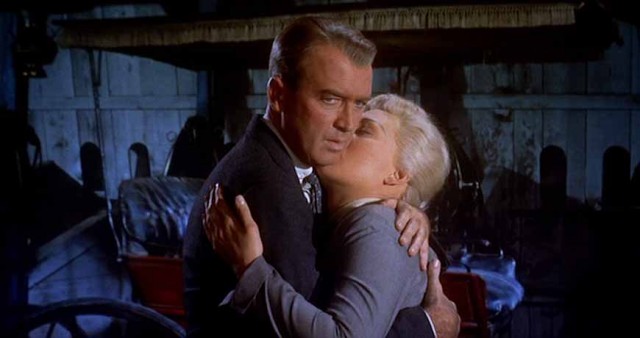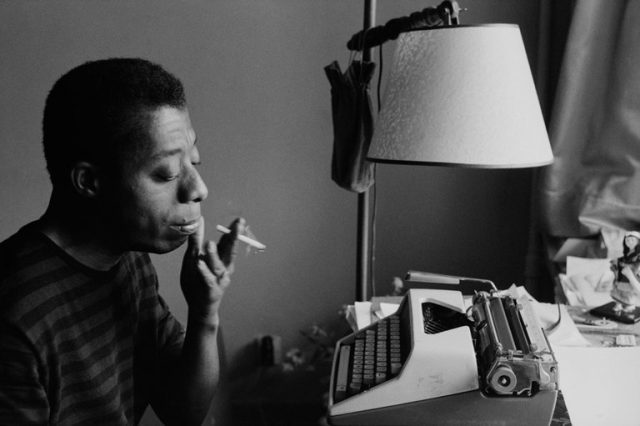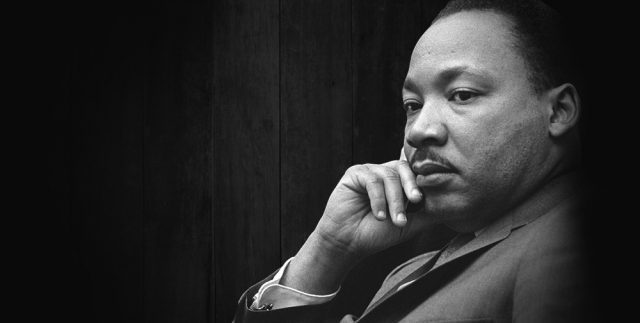
The legacy of the Rev. Dr. Martin Luther King, Jr., will be celebrated all over the city and the country this weekend
Multiple venues
Monday, January 15
www.mlkday.gov
It’s hard to believe that this year marks the fiftieth anniversary of the assassination of the Rev. Dr. Martin Luther King, Jr., and that half a century later racism is still such a central issue in America and around the world. In 1983, the third Monday in January was officially recognized as Martin Luther King, Jr. Day, honoring the birthday of the civil rights leader who was shot and killed in Memphis on April 4, 1968. Dr. King would have turned eighty-nine on Monday, and you can celebrate his legacy on Monday by participating in a Martin Luther King, Jr., Day of Service project or attending one of numerous special events taking place around the city. Below are some of the highlights.
JCC Harlem: Community Carnival at All Souls Church, MLK Day-themed art projects for community children, 88 St. Nicholas Ave., free, 10:00, 12:30, 3:00
Martin Luther King, Jr. Commemorative March: “A New Revolution: Youth and Social Change,” Eleanor Roosevelt Monument in Riverside Park at 72nd St. at 10:00 am to Manhattan Country School at 150 West 85th St. at 2:00, free
Martin Luther King, Jr. Day Celebration: Martin’s Mosaic, 10:00 am and 1:00 pm; Museum of Impact visits CMOM, Upstanders Fest, 12 noon – 4:00, Children’s Museum of Manhattan, 212 West 83rd St., $11-$14
Thirty-second Annual Brooklyn Tribute to Dr. Martin Luther King, Jr., with keynote speaker Jelani Cobb, Martha Redbone, and the Brooklyn Interdenominational Choir, BAM Howard Gilman Opera House, free, 10:30 am; Unbound: Patrisse Cullors and asha bandele, launch of When They Call You a Terrorist: A Black Lives Matter Memoir, moderated by Rashad Robinson and followed by a book signing, BAM Fisher, Fishman Space, free, 1:00; screening of 4 Little Girls (Spike Lee, 1997), BAM Rose Cinemas, free, 1:00
Honoring Dr. Martin Luther King Jr., including visits to “King in New York” and “Activist New York” exhibits and poster workshop, Museum of the City of New York, 1220 Fifth Ave at 103rd St., free with museum admission of $12-$18, 11:00 am – 2:00 pm
Family Matinees: Selma, Lord, Selma (Charles Burnett, 1999), $7-$15, 11:00 am; The Wiz (Sidney Lumet, 1978), $7-$15, 1:00, Museum of the Moving Image, 35th Ave. at 36th St., price includes admission to galleries
I Have a Dream Celebration: Make Art Not War: Interactive Handprint Mural, 11:30; I Have a Dream Cloud, 1:00; Kids Take Action! Letter Writing for Change, 1:30; Sylvia’s Story Corner on the Bus, 3:30, Brooklyn Children’s Museum, 145 Brooklyn Ave., $11
Harlem Gospel Choir Martin Luther King, Jr. Day Matinee, B. B. King Blues Club & Grill, 237 West 42nd St., $25-$30 (plus $10 minimum per person at tables), 12:30
Soul to Soul, with Lisa Fishman, Cantor Magda Fishman, Elmore James, Tony Perry, and musical director Zalmen Mlotek, followed by a discussion with the artists and creators, presented by National Yiddish Theatre Folksbiene, Museum of Jewish Heritage, 36 Battery Pl., $25 (use discount code “Mishpokhe” for 20% off online tickets), 2:00
Hands On | Harlem Dreams, Legends, and Legacy, teen photo studio, time capsules, mixed-media art, scavenger hunt, and in-gallery collage, Studio Museum in Harlem, 144 West 125th St., $3-$7, 2:00 – 6:00
Cinematters: Muhammad Ali: Me Whee (Arny Stone, 1975), followed by a Q&A with executive producer Drew Stone, Lou DiBella, and Craig Setari, JCC in Manhattan, 334 Amsterdam Ave., $5, 5:00
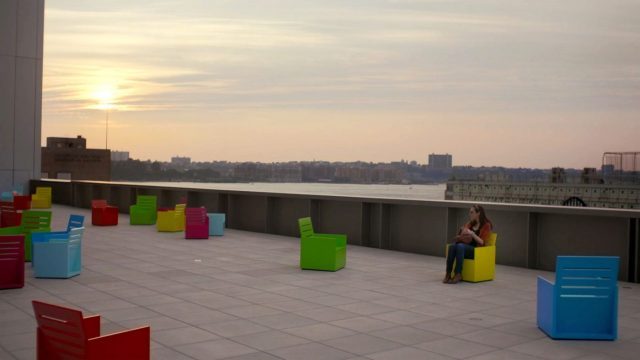
 Visual artist Laurie Simmons makes her feature-film debut as writer, director, and star of the self-indulgent, pretentious romance My Art, which opens at the Quad on January 12. Part of the Pictures Generation, Simmons, who was born in Queens in 1949, has been creating intriguing photographic series since the mid-1970s, often focusing on such inanimate objects as mannequins and dolls, offering a feminist viewpoint of domesticity. In My Art, she plays Ellie Shine, a sixty-five-year-old teacher and artist who decides to house-sit for an upstate friend in order to take advantage of her large studio and to work on a new project, bringing along her ailing dog, Bing, who is suffering from degenerative myelopathy (and is sometimes played by her real dog, Dean, who had the same illness). Although she is seeking privacy and seclusion, she is soon interacting with three men, local gardeners Frank (Robert Clohessy), a widower, and Tom (Josh Safdie), who is married to Angie (Parker Posey), and an oft-divorced lawyer, John (John Rothman). Instead of using dolls and mannequins, she and the three men dress up to re-create scenes from some of Ellie’s favorite films, including John Huston’s The Misfits, Stanley Kubrick’s A Clockwork Orange, Billy Wilder’s Some Like It Hot, and François Truffaut’s Jules and Jim, which involve issues of sex, femininity, age, and gender. Inspired by the work of Cindy Sherman and Gulley Jimson, the painter portrayed by Alec Guinness in Ronald Neame’s The Horse’s Mouth, Ellie reimagines herself as Marilyn Monroe, Kim Novak, Malcolm McDowell, Marlene Dietrich, and other characters as the scenes help drive the narrative of her evolving relationships with the three men as well as the upstate community as a whole. She did not come to the house looking for romance, instead wanting to concentrate on her art, but she can’t help but be beguiled by the three men, particularly Frank, while rediscovering her sexuality.
Visual artist Laurie Simmons makes her feature-film debut as writer, director, and star of the self-indulgent, pretentious romance My Art, which opens at the Quad on January 12. Part of the Pictures Generation, Simmons, who was born in Queens in 1949, has been creating intriguing photographic series since the mid-1970s, often focusing on such inanimate objects as mannequins and dolls, offering a feminist viewpoint of domesticity. In My Art, she plays Ellie Shine, a sixty-five-year-old teacher and artist who decides to house-sit for an upstate friend in order to take advantage of her large studio and to work on a new project, bringing along her ailing dog, Bing, who is suffering from degenerative myelopathy (and is sometimes played by her real dog, Dean, who had the same illness). Although she is seeking privacy and seclusion, she is soon interacting with three men, local gardeners Frank (Robert Clohessy), a widower, and Tom (Josh Safdie), who is married to Angie (Parker Posey), and an oft-divorced lawyer, John (John Rothman). Instead of using dolls and mannequins, she and the three men dress up to re-create scenes from some of Ellie’s favorite films, including John Huston’s The Misfits, Stanley Kubrick’s A Clockwork Orange, Billy Wilder’s Some Like It Hot, and François Truffaut’s Jules and Jim, which involve issues of sex, femininity, age, and gender. Inspired by the work of Cindy Sherman and Gulley Jimson, the painter portrayed by Alec Guinness in Ronald Neame’s The Horse’s Mouth, Ellie reimagines herself as Marilyn Monroe, Kim Novak, Malcolm McDowell, Marlene Dietrich, and other characters as the scenes help drive the narrative of her evolving relationships with the three men as well as the upstate community as a whole. She did not come to the house looking for romance, instead wanting to concentrate on her art, but she can’t help but be beguiled by the three men, particularly Frank, while rediscovering her sexuality.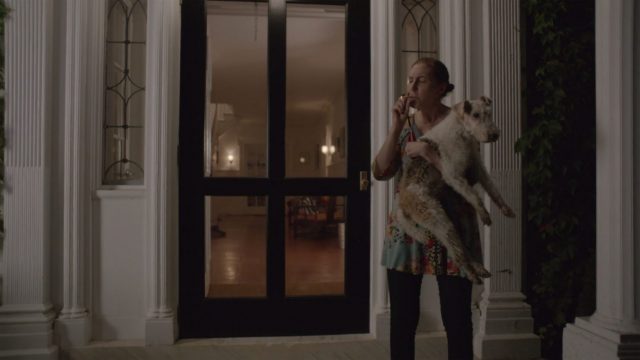
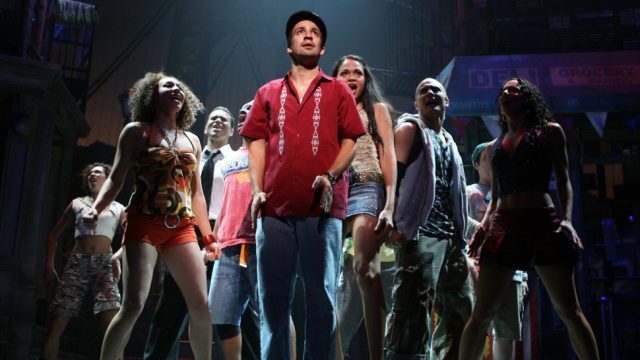
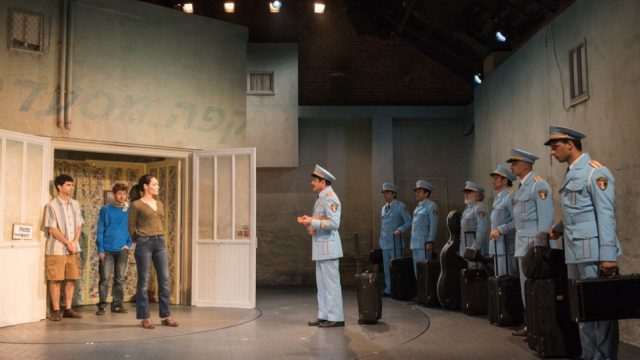
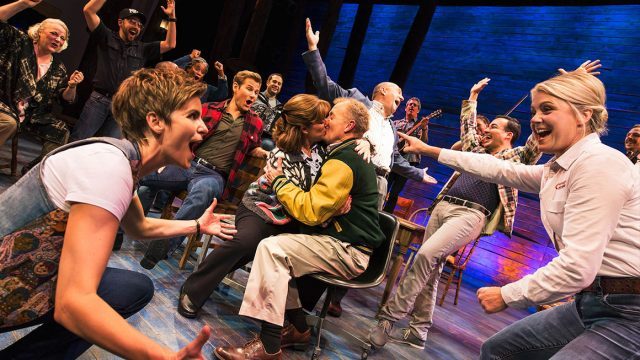
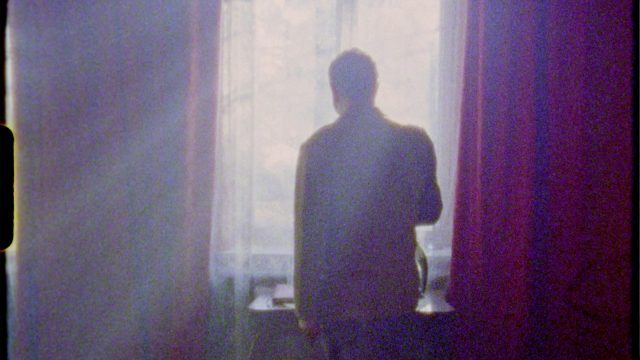
 The New York Jewish Film Festival gets under way January 10 with an intriguing look at enigmatic filmmaker Michał Waszyński, the director of one of the most important Yiddish movies of all time, the 1937 supernatural tale The Dybbuk. In The Prince and the Dybbuk, directors Piotr Rosolowski and Elwira Niewiera find that discovering who Waszyński was is like chasing a ghost, as he continually reinvented himself while being haunted by a past he tried to erase. Like the characters in many of the films he produced and directed, he was constantly searching for his true identity as he journeyed from Poland and Germany to Italy and Spain. “He was in his world, so mysterious and exciting. Nobody really knows what he’s really like,” one of his assistant directors, Enrico Bergier, says. Throughout the eighty-minute documentary, friends, relatives, colleagues, and others describe Waszyński, who produced and/or directed nearly 150 films, as a gentleman, Jewish, Catholic, noble-minded, lonely, elegant and refined, an exceptional boss, generous, isolated, very smart, a larger-than-life character, an aristocrat, a bit strange, and a mythomaniac. He married a countess, dubbing himself the Polish Prince, and took one of his actors, Albin Ossowski, to gay restaurants. “He was longing for his youth,” Ossowski says. He hobnobbed with Orson Welles, Sophia Loren, Audrey Hepburn, and Claudia Cardinale. He appeared in Joseph L. Mankiewicz’s 1954 film, The Barefoot Contessa. He was singled out by Josef Goebbels as an enemy. He was involved with such 1960s blockbusters as El Cid and The Fall of the Roman Empire as well as smaller Eastern European films, most famously The Dybbuk, about a young bride possessed by a spirit. Rosolowski and Niewiera, who previously collaborated on the award-winning Domino Effect, include newsreel footage, family photos, home movies, a behind-the-scenes promotional piece narrated by James Mason about the making of Anthony Mann’s budget-busting The Fall of the Roman Empire, spoken excerpts from Waszyński’s diaries, and clips from such Waszyński films as His Excellency the Shop Assistant, Unknown Man of San Marino, Dvanáct kresel, Gehenna, Wielka Droga, Zabawka, and Znachor, many of which feature lost characters.
The New York Jewish Film Festival gets under way January 10 with an intriguing look at enigmatic filmmaker Michał Waszyński, the director of one of the most important Yiddish movies of all time, the 1937 supernatural tale The Dybbuk. In The Prince and the Dybbuk, directors Piotr Rosolowski and Elwira Niewiera find that discovering who Waszyński was is like chasing a ghost, as he continually reinvented himself while being haunted by a past he tried to erase. Like the characters in many of the films he produced and directed, he was constantly searching for his true identity as he journeyed from Poland and Germany to Italy and Spain. “He was in his world, so mysterious and exciting. Nobody really knows what he’s really like,” one of his assistant directors, Enrico Bergier, says. Throughout the eighty-minute documentary, friends, relatives, colleagues, and others describe Waszyński, who produced and/or directed nearly 150 films, as a gentleman, Jewish, Catholic, noble-minded, lonely, elegant and refined, an exceptional boss, generous, isolated, very smart, a larger-than-life character, an aristocrat, a bit strange, and a mythomaniac. He married a countess, dubbing himself the Polish Prince, and took one of his actors, Albin Ossowski, to gay restaurants. “He was longing for his youth,” Ossowski says. He hobnobbed with Orson Welles, Sophia Loren, Audrey Hepburn, and Claudia Cardinale. He appeared in Joseph L. Mankiewicz’s 1954 film, The Barefoot Contessa. He was singled out by Josef Goebbels as an enemy. He was involved with such 1960s blockbusters as El Cid and The Fall of the Roman Empire as well as smaller Eastern European films, most famously The Dybbuk, about a young bride possessed by a spirit. Rosolowski and Niewiera, who previously collaborated on the award-winning Domino Effect, include newsreel footage, family photos, home movies, a behind-the-scenes promotional piece narrated by James Mason about the making of Anthony Mann’s budget-busting The Fall of the Roman Empire, spoken excerpts from Waszyński’s diaries, and clips from such Waszyński films as His Excellency the Shop Assistant, Unknown Man of San Marino, Dvanáct kresel, Gehenna, Wielka Droga, Zabawka, and Znachor, many of which feature lost characters.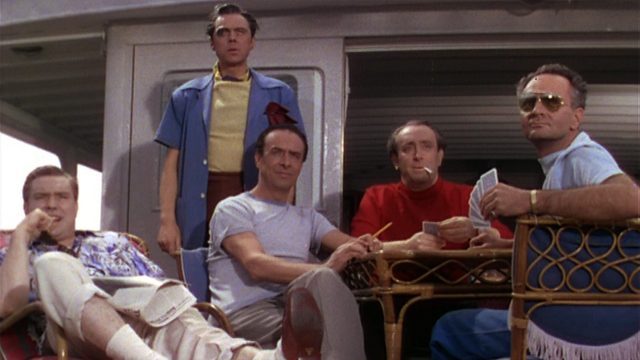
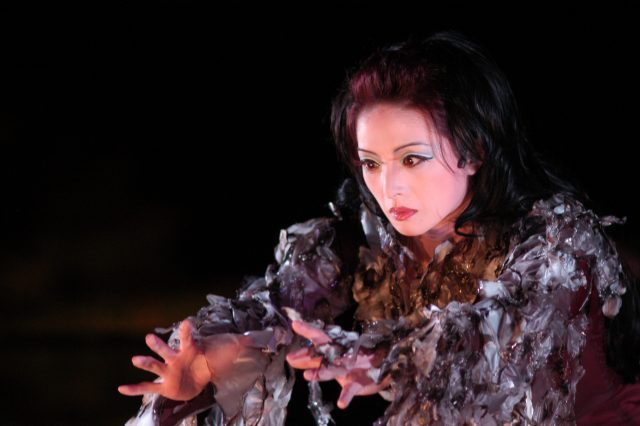
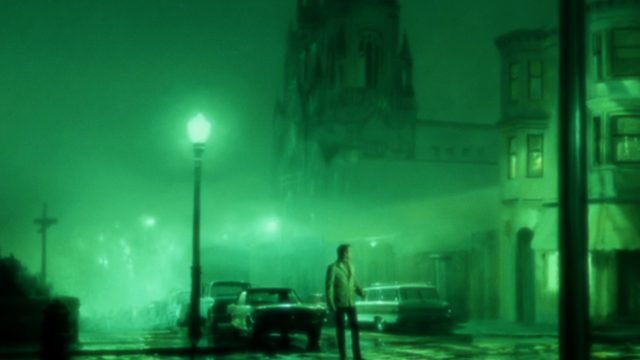
 Winnipeg-based filmmakers Guy Maddin, Evan Johnson, and Galen Johnson ingeniously reimagine Alfred Hitchcock’s psychosexual masterpiece, Vertigo, using clips from dozens of movies and television shows in the mesmerizing pastiche The Green Fog. When Maddin, who has made such previous films as Careful, The Saddest Music in the World, and
Winnipeg-based filmmakers Guy Maddin, Evan Johnson, and Galen Johnson ingeniously reimagine Alfred Hitchcock’s psychosexual masterpiece, Vertigo, using clips from dozens of movies and television shows in the mesmerizing pastiche The Green Fog. When Maddin, who has made such previous films as Careful, The Saddest Music in the World, and 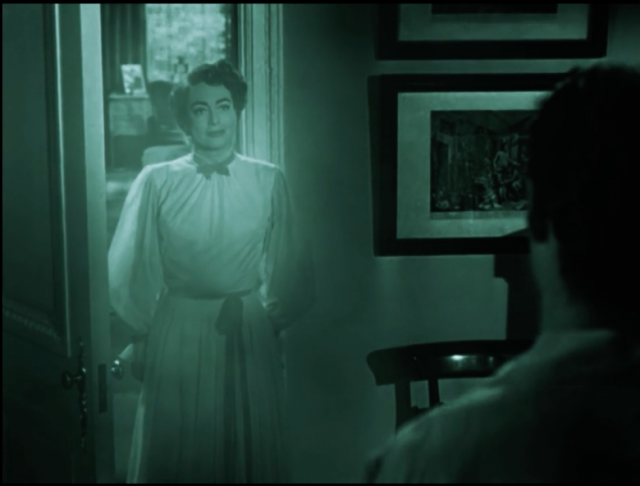
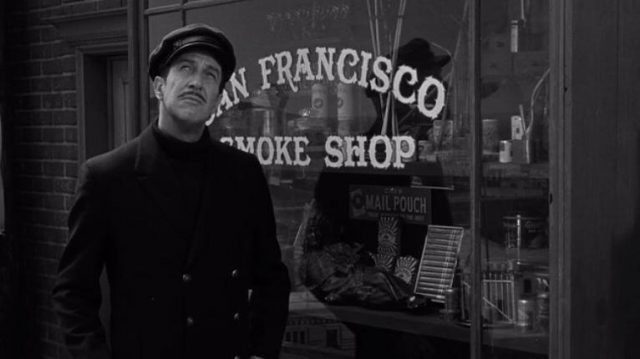
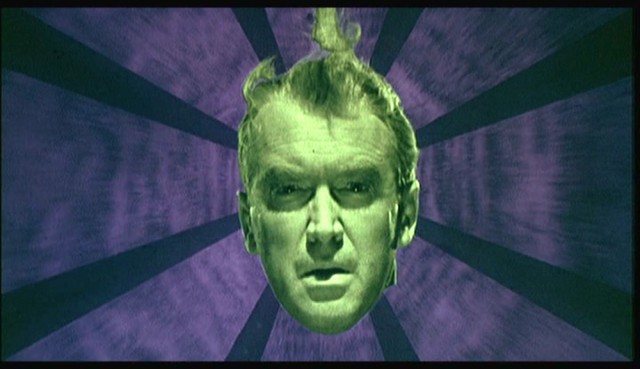
 Select screenings of The Green Fog will be accompanied by Alfred Hitchcock’s 1958 mind-altering, fetishistic psychological thriller, Vertigo, which heavily influenced Guy Maddin, Evan Johnson, and Galen Johnson’s San Francisco montage. Based on Boileau-Narcejac’s 1954 novel, D’entre les morts, the film delves deep into the nature of fear and obsession. Jimmy Stewart stars as John “Scottie” Ferguson, a police detective who retires after his acrophobia leads to the death of a fellow cop. An old college classmate, wealthy businessman Gavin Elster (Tom Holmore), asks Scottie to look into his wife’s odd behavior; Elster believes that Madeleine (Kim Novak) is being inhabited by the spirit of Carlotta Valdes, her great-grandmother, a woman who committed suicide in her mid-twenties, the same age that Madeleine is now. Scottie follows Madeleine as she goes to Carlotta’s grave, visits a portrait of her in a local museum, and jumps into San Francisco Bay. Scottie rescues her, brings her to his house, and starts falling in love with her. But on a visit to Mission San Juan Bautista, tragedy strikes when Scottie can’t get to the top of the tower because of his vertigo. After a stint in a sanatorium, he wanders the streets of San Francisco where he and Madeleine had fallen in love, as if hoping to see a ghost — and when he indeed finds a woman who reminds him of Madeleine, a young woman named Judy Barton (Novak), he can’t help but try to turn her into his lost love, with tragedy waiting in the wings once again.
Select screenings of The Green Fog will be accompanied by Alfred Hitchcock’s 1958 mind-altering, fetishistic psychological thriller, Vertigo, which heavily influenced Guy Maddin, Evan Johnson, and Galen Johnson’s San Francisco montage. Based on Boileau-Narcejac’s 1954 novel, D’entre les morts, the film delves deep into the nature of fear and obsession. Jimmy Stewart stars as John “Scottie” Ferguson, a police detective who retires after his acrophobia leads to the death of a fellow cop. An old college classmate, wealthy businessman Gavin Elster (Tom Holmore), asks Scottie to look into his wife’s odd behavior; Elster believes that Madeleine (Kim Novak) is being inhabited by the spirit of Carlotta Valdes, her great-grandmother, a woman who committed suicide in her mid-twenties, the same age that Madeleine is now. Scottie follows Madeleine as she goes to Carlotta’s grave, visits a portrait of her in a local museum, and jumps into San Francisco Bay. Scottie rescues her, brings her to his house, and starts falling in love with her. But on a visit to Mission San Juan Bautista, tragedy strikes when Scottie can’t get to the top of the tower because of his vertigo. After a stint in a sanatorium, he wanders the streets of San Francisco where he and Madeleine had fallen in love, as if hoping to see a ghost — and when he indeed finds a woman who reminds him of Madeleine, a young woman named Judy Barton (Novak), he can’t help but try to turn her into his lost love, with tragedy waiting in the wings once again.